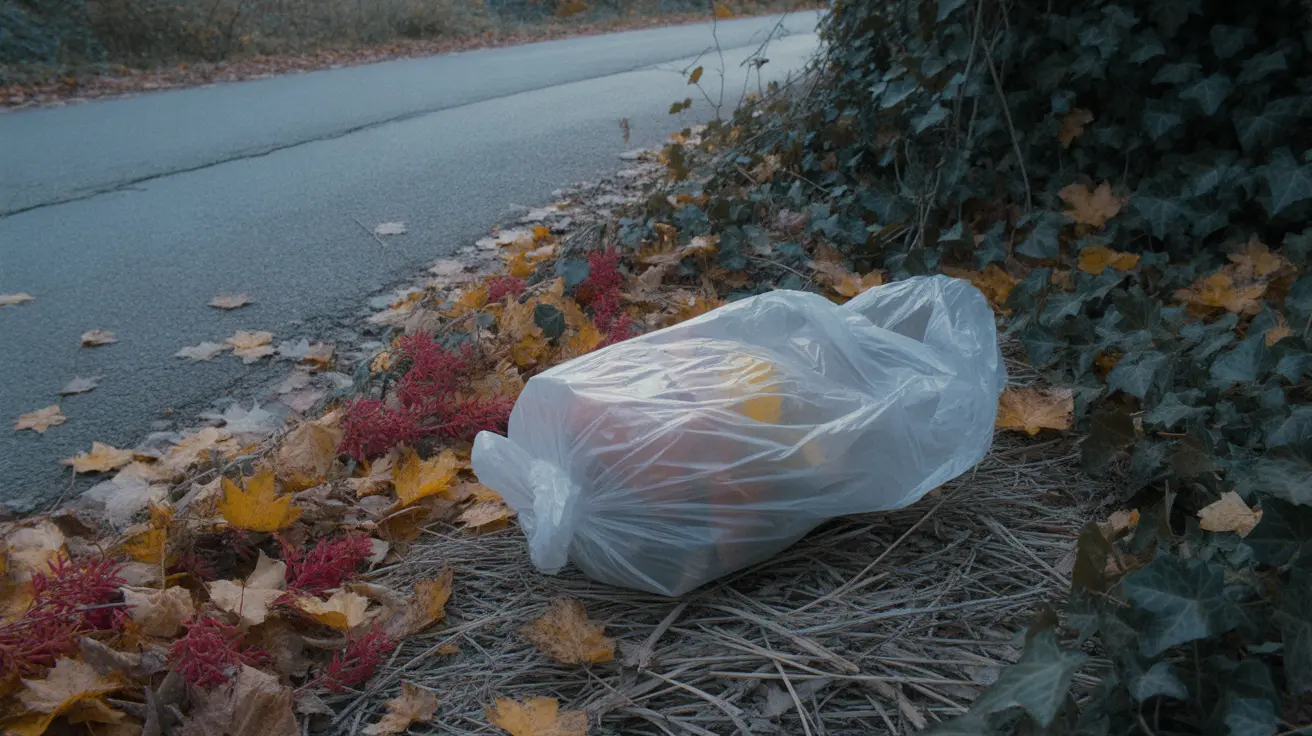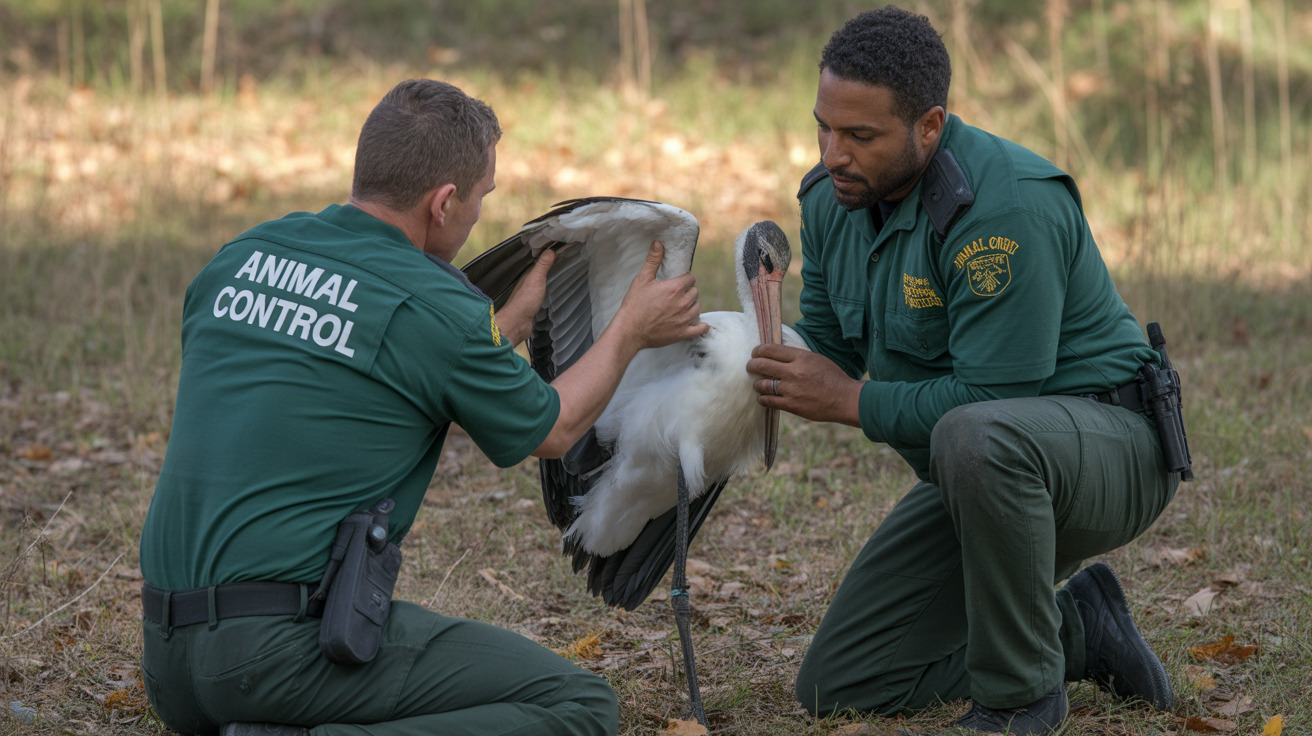Understanding Bleeding from the Mouth in Dogs
Bleeding from a dog’s mouth can be alarming for any pet owner. This symptom can result from a number of causes, ranging from relatively minor issues to medical emergencies. Proper interpretation and timely veterinary care are critical to ensuring your dog's health and safety.
Common Causes of Mouth Bleeding in Dogs
- Periodontal Disease and Dental Issues: The most common cause of oral bleeding in dogs is periodontal disease. A buildup of plaque leads to gingivitis and infection. Signs include red or receding gums, loose teeth, bad breath, and bleeding during chewing.
- Teething in Puppies: Puppies around 12–16 weeks may bleed from the gums due to teething. Small blood spots on toys are typical and usually not a concern unless excessive.
- Trauma or Injury: Chewing sharp toys, fighting, or accidents can injure the soft tissue or teeth, leading to significant bleeding.
- Foreign Objects: Sticks, bones, and toys can become lodged in the gums or teeth, causing irritation and oral bleeding. Removal should be performed by a veterinarian to prevent additional trauma.
- Oral Tumors: Benign or malignant cancers in the mouth may cause bleeding, particularly when ulcerated or injured. These require early diagnosis and intervention.
- Blood Clotting Disorders: Conditions like hemophilia, von Willebrand’s disease, or poisoning (e.g., rodenticides) can interfere with clotting and cause spontaneous bleeding.
- Oral Infections: Untreated wounds or dental disease can lead to bacterial or fungal oral infections that cause inflammation and bleeding.
- Nutritional Deficiencies: Rarely, poor nutrition or specific vitamin deficiencies (like vitamin C) can impair gum health and result in bleeding.
Warning Signs to Watch For
- Excessive or persistent bleeding
- Bad breath (halitosis)
- Swollen or red gums
- Dropping food, refusing hard treats
- Pawing at the mouth
- Visible cuts, masses, or foreign bodies
- Lethargy, pale gums, or appetite loss
- Facial swelling or drooling blood-tinted saliva
When to Contact a Veterinarian
- Bleeding that is continuous or recurs frequently
- Presence of gums that are pale, white, or bluish
- Signs of systemic illness (e.g., lethargy, weakness, anorexia)
- Difficult or painful eating
- Suspected embedded foreign objects or oral masses
- General distress or collapse
How Veterinarians Diagnose the Cause
- Oral and Physical Exam: Sedation may be required for detailed examination.
- Imaging: X-rays, CT scans to detect foreign objects, tumors, or bone issues.
- Bloodwork: Checks platelets, clotting function, potential infections, or toxins.
- Mass Biopsy: Tissue sampling from growths in the mouth.
- Urinalysis: Assesses systemic health and organ function.
Treatment Options Based on Diagnosis
- Professional Dental Cleaning: For gum disease and infected teeth, possibly requiring extractions.
- Removal of Foreign Objects: Performed under anesthesia to avoid damage.
- Tumor Management: Surgical removal and possible oncology referral for malignancies.
- Medications: Antibiotics for infection, anti-inflammatories, and vitamin K for toxin exposure.
- Supportive Therapy: IV fluids, pain medication, and blood transfusions if necessary.
Prevention and At-Home Care
- Daily Oral Hygiene: Brush your dog’s teeth regularly using vet-recommended toothpaste and toothbrush.
- Annual Dental Checkups: Schedule professional cleanings and exams.
- Safe Chews: Offer approved toys—avoid bones, antlers, and hard plastics.
- Balanced Diet: Ensure proper vitamin and mineral intake to support gum health.
- Supervised Play: Monitor your dog with toys and outdoors to prevent injuries and foreign object ingestion.
Conclusion
Bleeding from a dog's mouth should never be ignored. With causes ranging from teething and dental disease to life-threatening tumors or clotting disorders, prompt veterinary attention is key. Ongoing dental care, regular check-ups, and a safe environment can go a long way toward keeping your pet healthy and comfortable. If you're ever uncertain about the cause of oral bleeding in your dog, contacting a vet is the best course of action.





